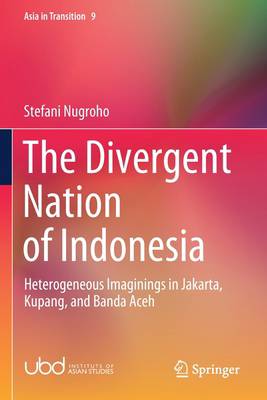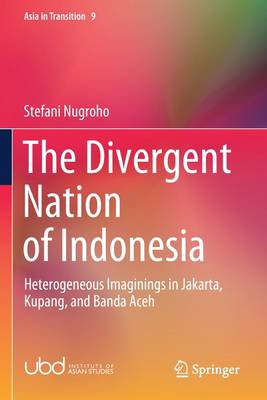
- Retrait gratuit dans votre magasin Club
- 7.000.000 titres dans notre catalogue
- Payer en toute sécurité
- Toujours un magasin près de chez vous
- Retrait gratuit dans votre magasin Club
- 7.000.0000 titres dans notre catalogue
- Payer en toute sécurité
- Toujours un magasin près de chez vous
Description
This book explores how Indonesia is imagined differently by young people in the three cities of Jakarta, Kupang and Banda Aceh. Throughout the course of Indonesia's colonial and postcolonial history, Jakarta, the capital, has always occupied a central position, while Kupang in East Nusa Tenggara and Banda Aceh in Nanggroe Aceh Darussalam are located at the peripheries. The book analyses the convergences and divergences in how the country is perceived from these different vantage points, and the implications for Indonesia, also providing a new perspective to the classic and contemporary theories of the nation. By examining the heterogeneity of the imaginings of the nation 'from below', it moves away from the tendency to focus on the homogeneity of the nation, found in the classic theories such as Anderson's and Gellner's, as well as in more recent theories on every day and banal nationalism. Using the tenets of standpoint theory and Laclau and Mouffe's theory of hegemony, the nation is acknowledged as an empty signifier that means different things depending on the positionality of the perceiving subject. The work appeals to scholars of nation studies and Asian and Indonesian studies, as well those interested in the empirical grounding of poststructuralist theories.
Spécifications
Parties prenantes
- Auteur(s) :
- Editeur:
Contenu
- Nombre de pages :
- 162
- Langue:
- Anglais
- Collection :
- Tome:
- n° 9
Caractéristiques
- EAN:
- 9789811542442
- Date de parution :
- 30-07-21
- Format:
- Livre broché
- Format numérique:
- Trade paperback (VS)
- Dimensions :
- 156 mm x 234 mm
- Poids :
- 254 g

Les avis
Nous publions uniquement les avis qui respectent les conditions requises. Consultez nos conditions pour les avis.






